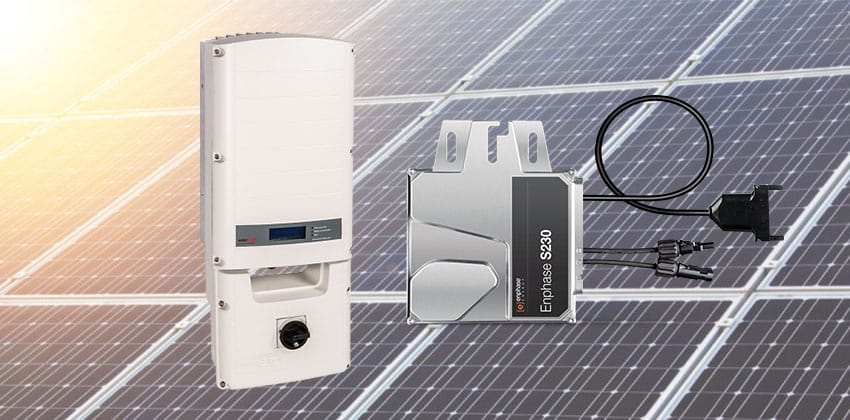
The question of whether or not solar panels need direct sunlight is one that comes up frequently when considering installing a solar power system. The answer is not a simple yes or no, as there are several factors to consider.
First, it’s important to understand how solar panels work. Solar panels are made up of photovoltaic (PV) cells, which convert sunlight into direct current (DC) electricity. This DC electricity is then converted into alternating current (AC) electricity by a solar inverter, which can be used to power appliances and devices in homes and businesses.
Direct sunlight is ideal for solar panels, as it provides the highest amount of energy output. However, solar panels can still generate electricity on cloudy days or when there is indirect sunlight, such as during sunrise or sunset. The amount of electricity generated in these conditions will be lower than on a sunny day, but it can still contribute to the overall energy output of the solar power system.
Another factor to consider is the angle and orientation of the solar panels. Ideally, solar panels should be facing south and tilted at an angle that is equal to the latitude of the installation site. This allows the solar panels to capture the most sunlight throughout the day. However, even if the solar panels are not facing south or are not at the optimal angle, they can still generate electricity. There are also devices called solar trackers that can adjust the angle of the solar panels throughout the day to maximize energy output.
Shading is another factor to consider when it comes to solar panel performance. If a solar panel is partially shaded, it can significantly reduce the energy output of the entire system. This is because shading on one solar panel can cause a drop in voltage, which affects the entire string of solar panels. Microinverters and power optimizers can help mitigate the effects of shading by optimizing the energy output of each individual solar panel.
It’s also worth noting that solar panels can generate electricity in cold temperatures, even if there is snow on the ground. Snow can reduce energy output in the short term, but once the snow melts, the solar panels will continue to generate electricity.
In summary, solar panels do not necessarily need direct sunlight to generate electricity, but direct sunlight does provide the highest energy output. Other factors to consider include the angle and orientation of the solar panels, shading, and the use of microinverters or power optimizers to optimize energy output. With proper installation and maintenance, a solar power system can provide a reliable source of clean energy for homes and businesses.
